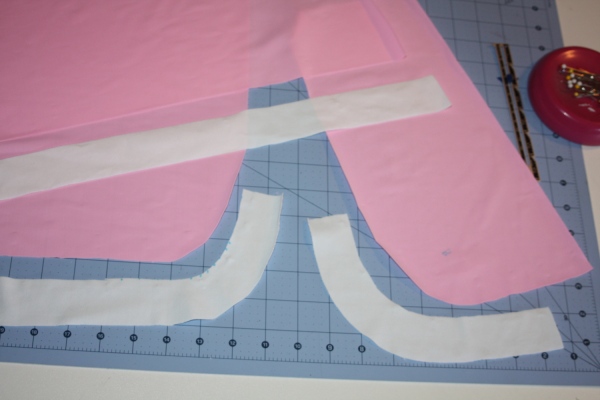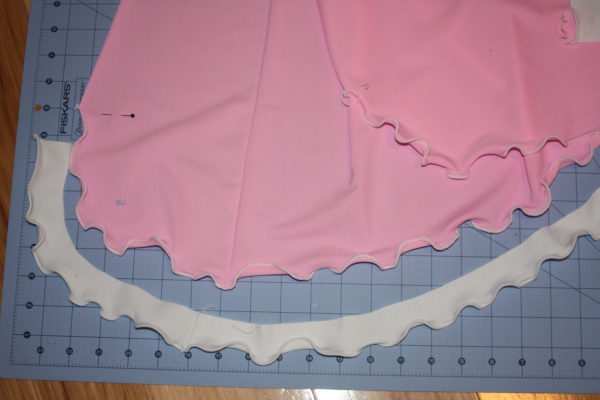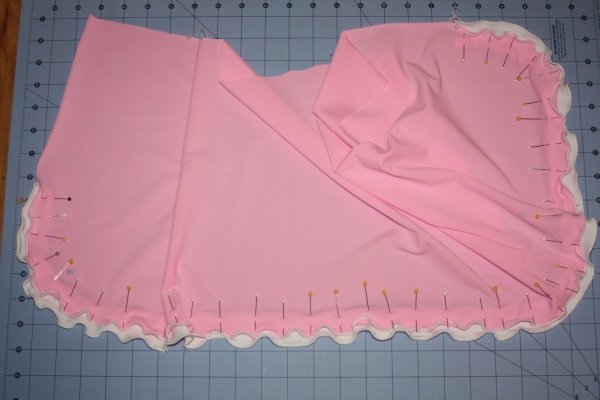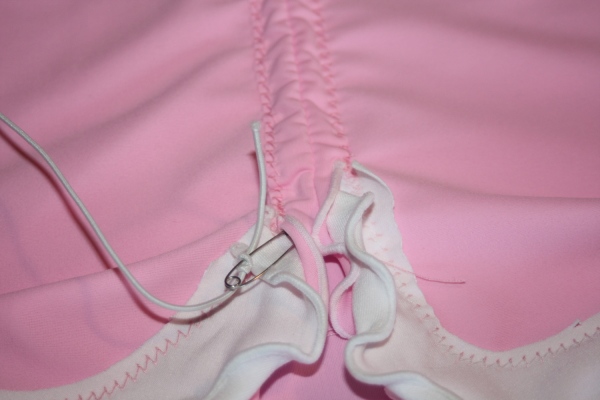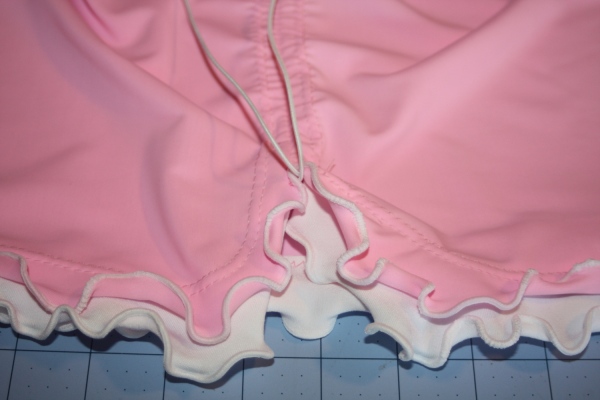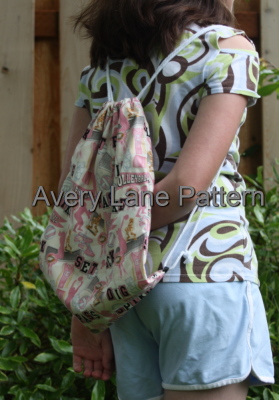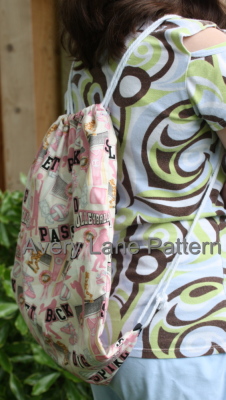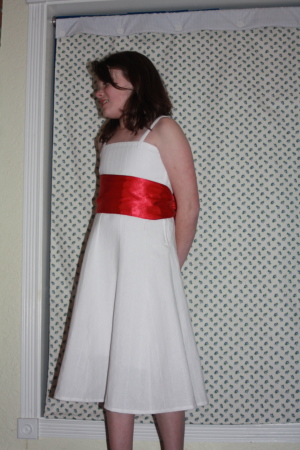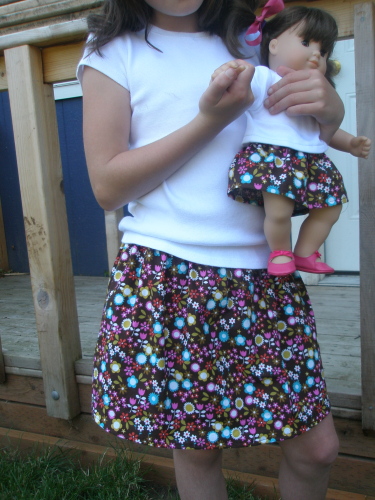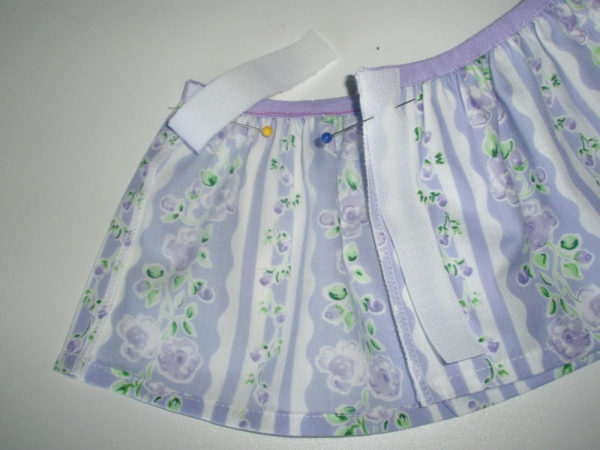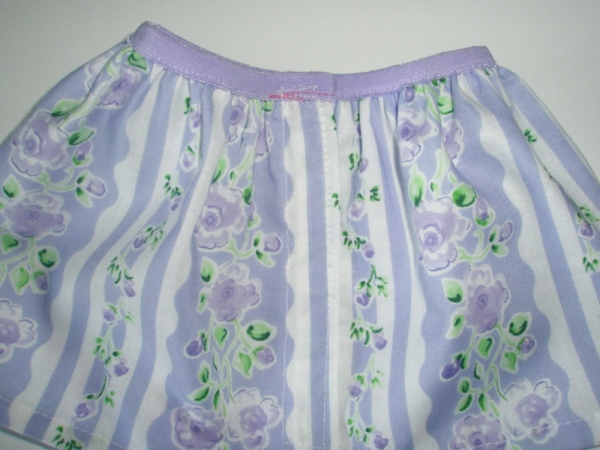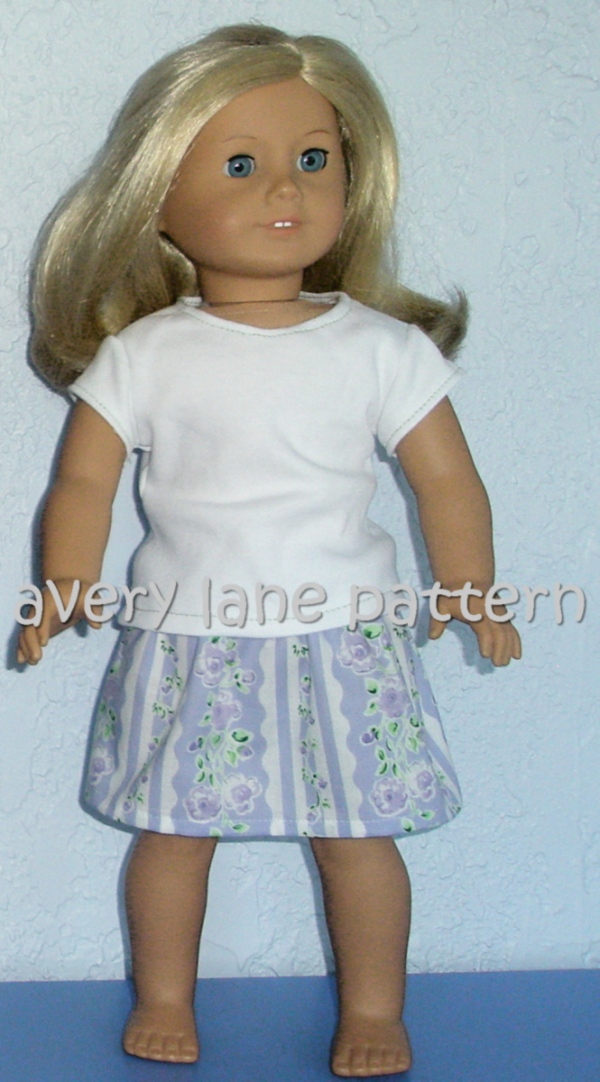 Swim skirts seem to be all the rage this summer. I especially love the Gottex swim skirts, but not so much the price tag on them. Whenever I see them, I think, “I could make that.” Here’s how I did it…
Swim skirts seem to be all the rage this summer. I especially love the Gottex swim skirts, but not so much the price tag on them. Whenever I see them, I think, “I could make that.” Here’s how I did it…
Swim Skirt with front slit
I want a front slit on my skirt, so I am using the back pattern piece from this tutorial and drafting 2 more pieces for the front of my skirt.
Take the waist measurement, subtract 1-4″ for negative ease. Divide that number in half. This is the front of my skirt measurement. Divide it by 3.
One side of the slit will be 2/3 of the measurement (Side A), and the other side of the slit will be 1/3 (Side B).
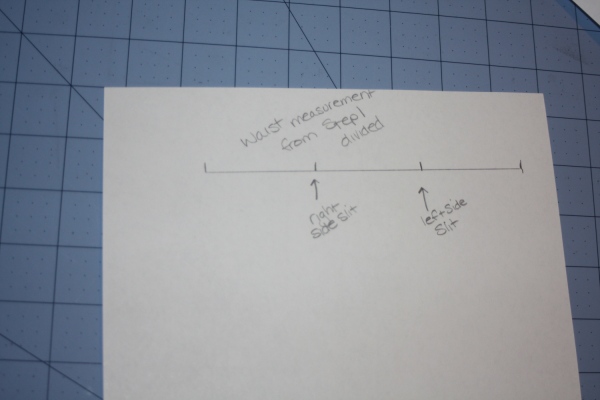
Side A(if more help is needed on these next few steps, see this post)
Step 1:
Add 3/4″ for finishing allowance to 2/3 of your waist measurement. Draw the top line this length.
Step 2
Draw a line perpendicular to the top line, the desired length. (same measurement as step 2 in the simple swim skirt drafting tutorial) and draw your bottom line perpendicular to the 2nd line you drew.
Step 3
Add 2″ along the bottom edge to make an a-line. Follow the instructions (step 3) from the simple swim skirt tutorial.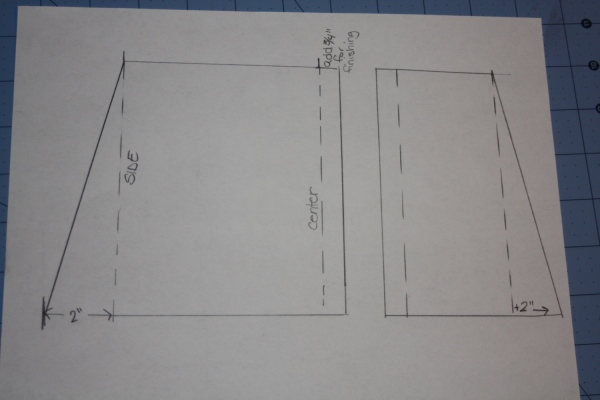
Repeat for Side B, using 1/3 of the front waist measurement and making it a mirror image of side A–so slit edges fit together, like this:

Use the patterns to cut out your fabric pieces.
Sewing a front slit swim skirt:
Step 1:
Finish the slit edges of Side A and Side B (fold the edge toward the wrong side and stitch in place).
Step 2:
Optional: Sew a zigzag stitch along the top edge of the slits, tacking them together at the top edge.
Step 3: sew side seams, waist, and hem (see swim skirt sew along here)
The Gottex Profile Ruffle skirt Knock-off:
Draft the pattern as direct for side-slit skirt above.
Step 1: round slits
Step 2: cut out contrast fabric for double ruffle hem (optional)
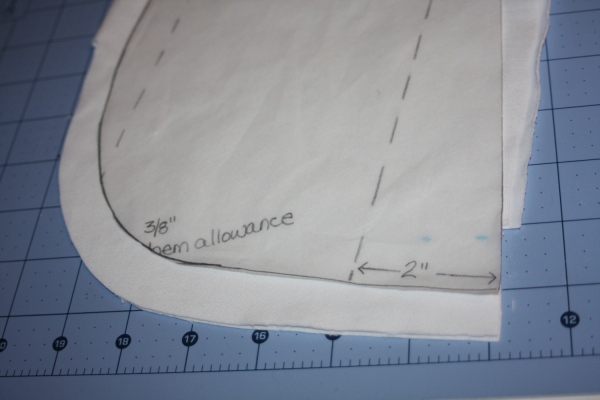
Step 3 sew side seams of skirt and sides seams of ruffle trim.
Step 4 use serger to finish hems of both skirt and ruffle trim. Use wooly nylon thread in loopers and rolled hem setting. Stretch fabric slightly as you serge the rolled hem to create a lettuce edge effect.
Step 5 sew ruffle to skirt, so that both ruffle and skirt have right side of the fabric facing up. Use a twin needle to sew them together.
Step 6 sew side front seam using a stretch stitch or narrow zigzag stitch. Use a 3/4 inch seam allowance. Use a twin needle to sew the seam allowances open and create a casing for drawstrings. Don’t sew to the very top edge, stop and leave about 3/4″ unsewn. Clip the seam allowances right above the casings.

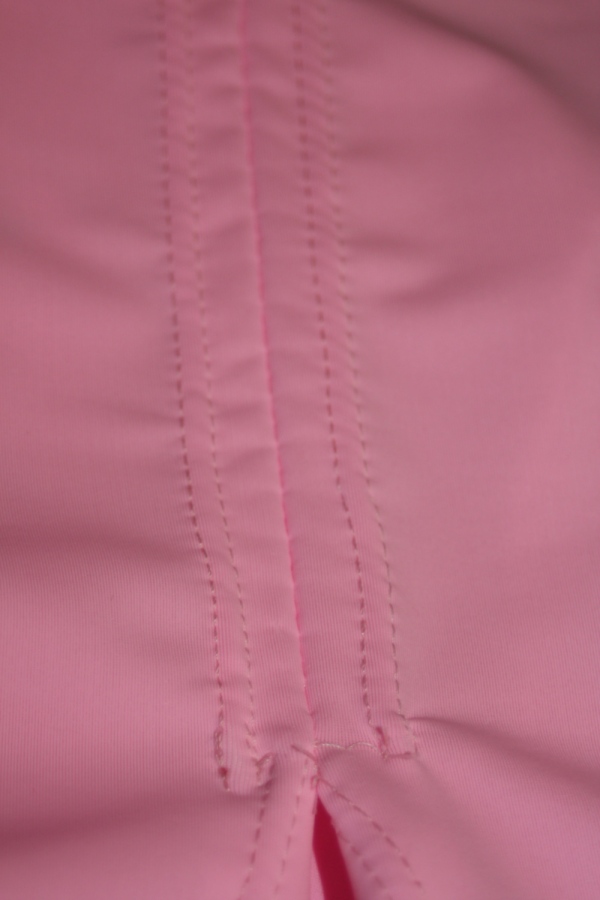
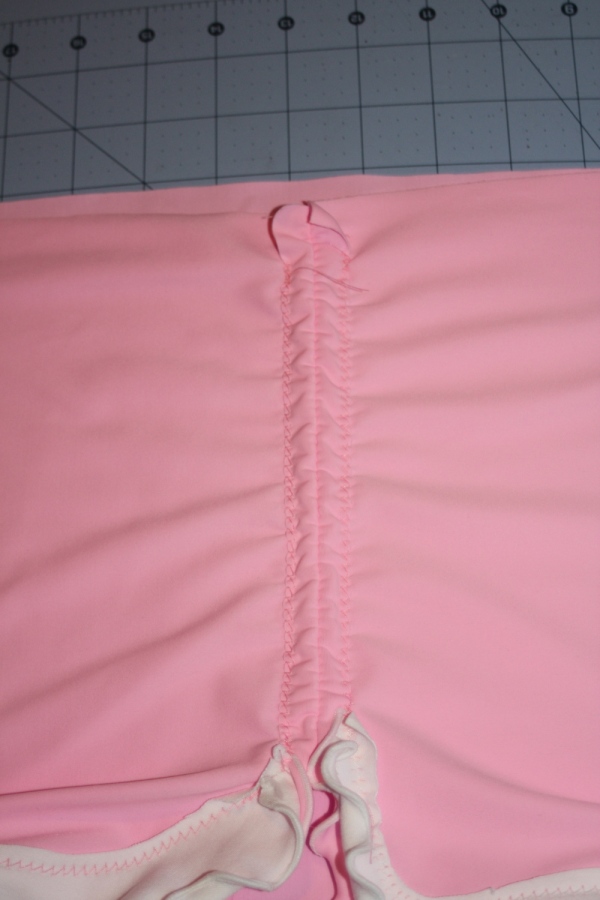
Insert stretch cording into bottom of one casing and feed it through to the top, down into the 2nd casing and all the way out the bottom edge of 2nd casing.
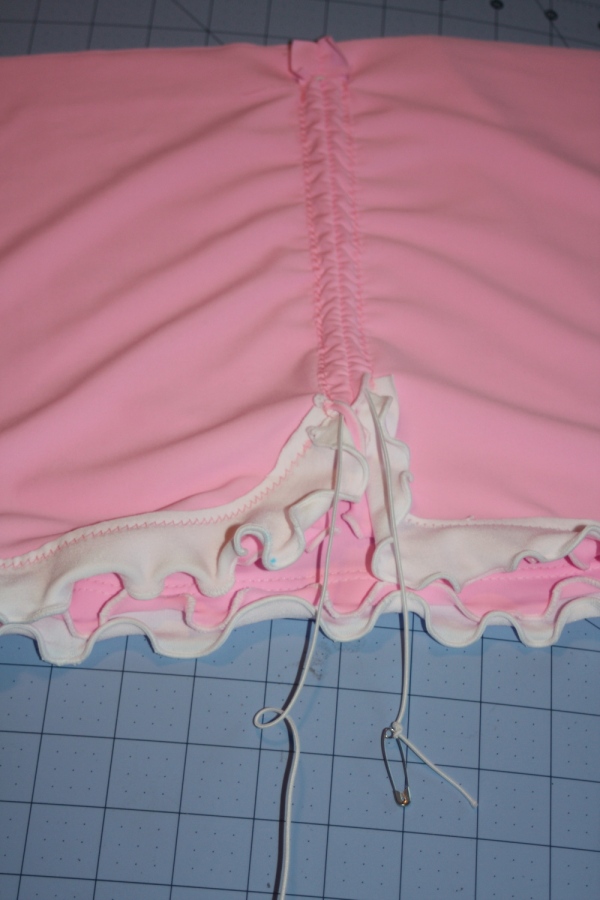
Step 7 Pull both ends toward the right side and pull them up and out of the way. sew across the opening with a zigzag tack to keep the cording to the front.

Now either add elastic to finish the swim skirt or baste the skirt to bottoms for a skirted bottoms.
Using bottoms and sewing attached bottoms:
If you are sewing a swim skirt with attached bottoms, you’ll need the waist of the skirt to match the waist of the bottoms. To do this, use your swim bottoms pattern. You should draw the top lines the same length as the top lines on your swim bottoms pattern. Then follow steps 2-4 for the rest of the drafting. OR you can add to the waist measurement and stretch the bottoms to fit the skirt when zigzag stitching the skirt to bottoms in preparation to add elastic to the waist.
To sew your swim skirt with attached bottoms:
sew both the skirt and the bottoms up until sewing the waist/adding elastic to the waist. Once you’ve sewn all other steps, place the bottoms inside the skirt, so the right side of the bottoms are facing the wrong side of the skirt. Match the side seams together and pin together, keeping raw edges even.
Baste them together with a zigzag stitch.
Add the elastic just as you would for a swim skirt or swim bottoms by themselves, but you will be sewing the elastic to both the skirt and the bottoms at the same time.
Other tips:
Use stretch needles 🙂
For the elastic, cut it about 1-2 inches less than the waist of the skirt. I use 3/8″ wide elastic.
If using a serger, use wooly nylon in loopers and regular serger thread in needle.
3 thread overlock stitch is best and offers the most stretch (if using a serger).
I try to make a trial run first with some less expensive fabric. This way I can see if I need to adjust things, without feeling like I’ve wasted my good fabric. Clearance fabric is great for first attempts.
A very long post with several sewing tutorials (Sorry it’s so long)–I hope it was helpful 🙂
~Erin

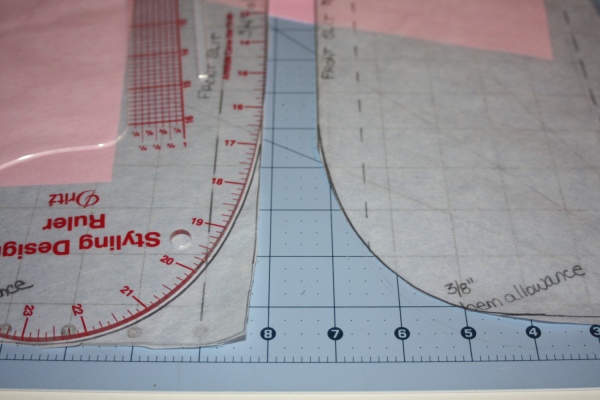
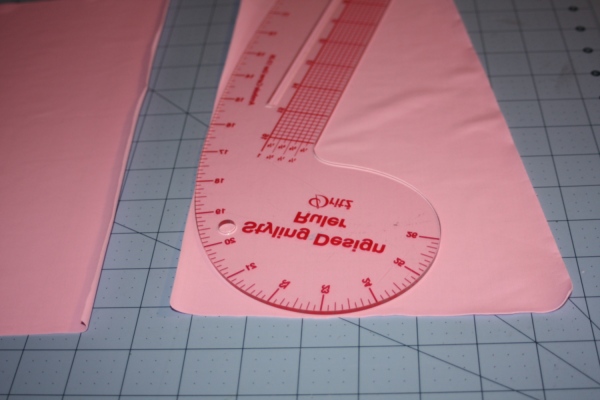
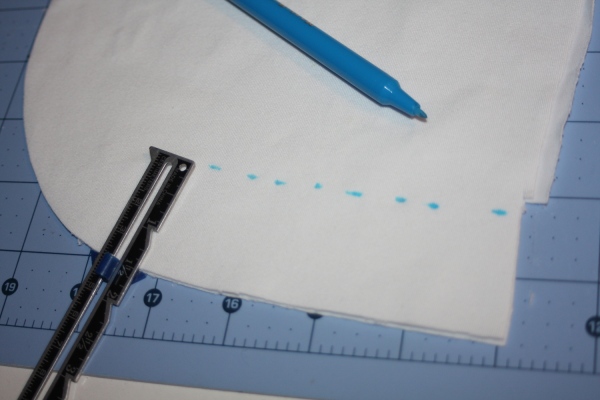 </a
</a